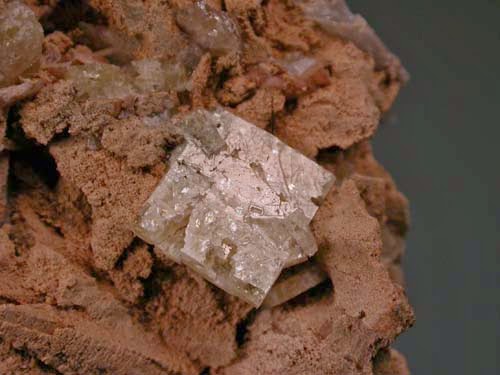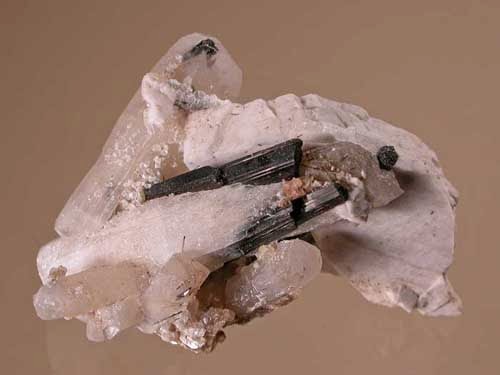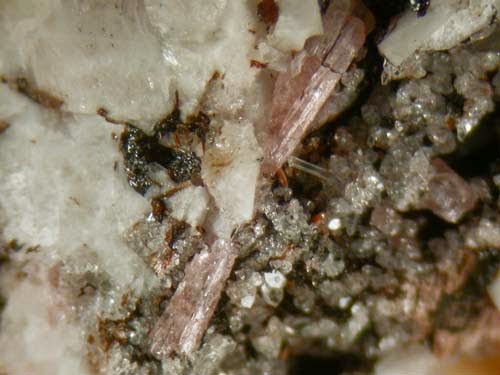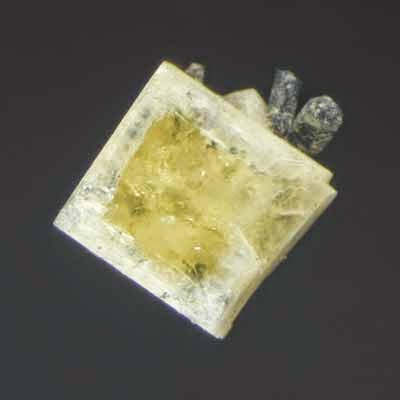
Chemical Formula: (Na,Ca)2BeSi2(O.OH.F)7
Locality: Langesundfiord district, southern Norway.
Name Origin: From the Greek leucos, “white” and phanein, ” to appear” in allusion to the white color
Leucophanite is a sorosilicate mineral with a complex composition, (Na,Ca)2BeSi2(O.OH.F)7. It may contain cerium substituting in the calcium position.
It occurs in pegmatites and alkali igneous complexes as yellow, greenish or white triclinic crystals and has been found in Norway, Quebec and Russia.
It was first described from the Langesundfiord district of southern Norway in 1840. The name is from the Greek leucos for “white” and phanein for “to appear” in allusion to the common white color.
History
Discovery date: 1840
Town of Origin: LAVEN, LANGESUNDFJORD
Country of Origin : NORVEGE
Optical properties
Optical and misc. Properties: Transparent to translucent
Refractive Index : from 1,56 to 1,59
Axial angle 2V : 36-50°
Physical Properties
Color: White, Greenish yellow, Yellow, Light green.
Density: 2.96
Diaphaneity: Transparent to translucent
Fracture: Brittle – Generally displayed by glasses and most non-metallic minerals.
Hardness: 4 – Fluorite
Luminescence: Fluorescent, Short UV=pink, Long UV=pink.
Luster: Vitreous (Glassy)
Streak: white
Photos :













